Recycled Plastic Grocery Bags
I can’t believe that this is my 100th blog post!!! Wow!
I have an amazingly supportive family. When I first started blogging, they were probably the only people who even bothered to read my posts. It was their love and encouragement that kept me going.
My talented Mother-In-Law, Jolene, crocheted these lunch totes out of plastic bags after I had posted the idea from Marlo’s Crochet Corner a few weeks ago. Jolene is the one who inspired me to write this post.
One of my favorite websites, Etsy.com was the first place I decided to look. I always admire the inspiring talent I find on there. I searched for “recycled plastic bags” and found these awesome Etsy sellers and their unique items. These are all currently selling right now, so if you are interested, just click on the link!
SarahRacha has this colorful recycled plastic bag basket for sale. She used a giant birdseed bag with a picture of sunflowers and birds on it.
Planarnstar made this mint chocolate chip plarn bracelet with a vintage button out of green plastic shopping bags from a farmer’s market.
AccentsAndPetals2 made this cute coin purse keychain.
Believe it or not, this necklace by Holly Cline from TwoBranchesJewelry is made out of recycled plastic bags! It’s gorgeous everyday wear and can be worn with anything.
How cute are these credit card holders made our of fused plastic by Michal Sparks from ACleverSpark? Colorful and fun… a perfect and thoughtful gift.
Now THIS is awesome… a recycled plastic bag lap top case by Rebekah Charlston form BirdsByBekah!! Absolutely genius!
I love the use of color for this recycled plastic fashion bag and this rain hat by ArribaCycle… a true artist!
I don’t know about you, but I am definitely inspired. Support these talented artist from Etsy and buy one of their handmade treasures! They make great eco-friendly gifts! Hey Mom, hint hint… 🙂



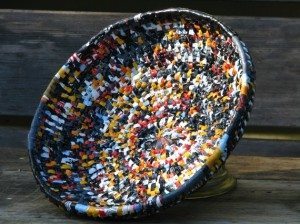

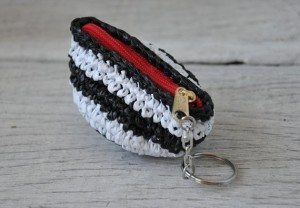

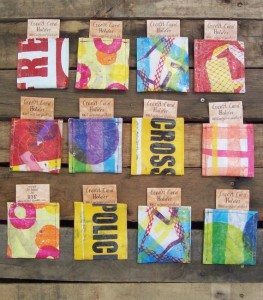
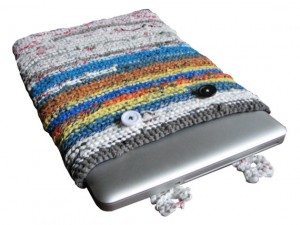


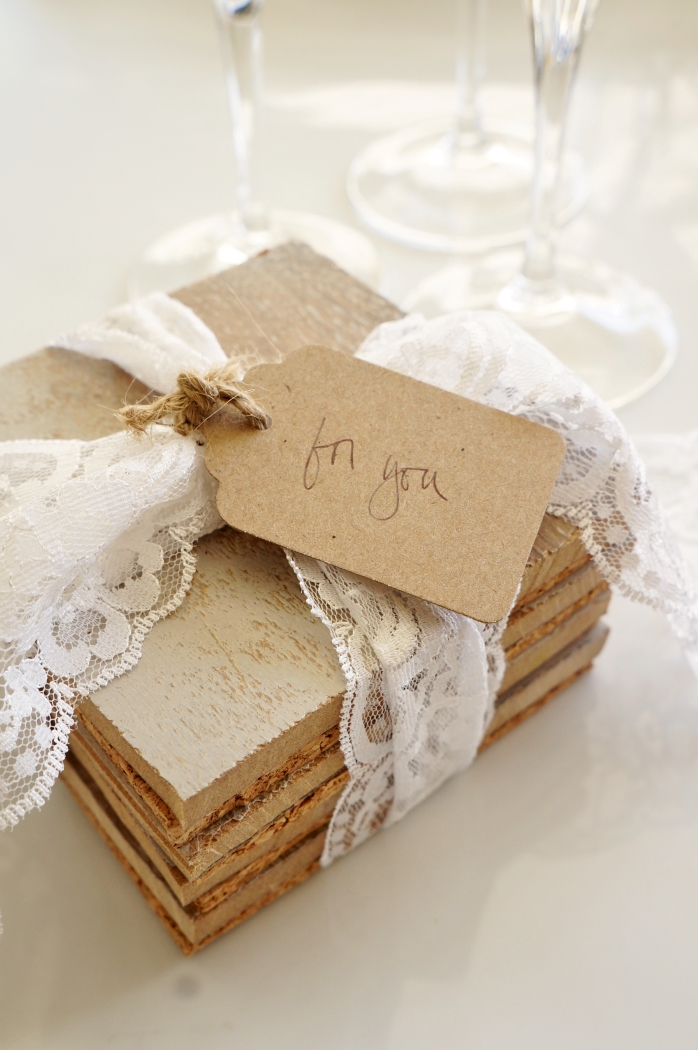

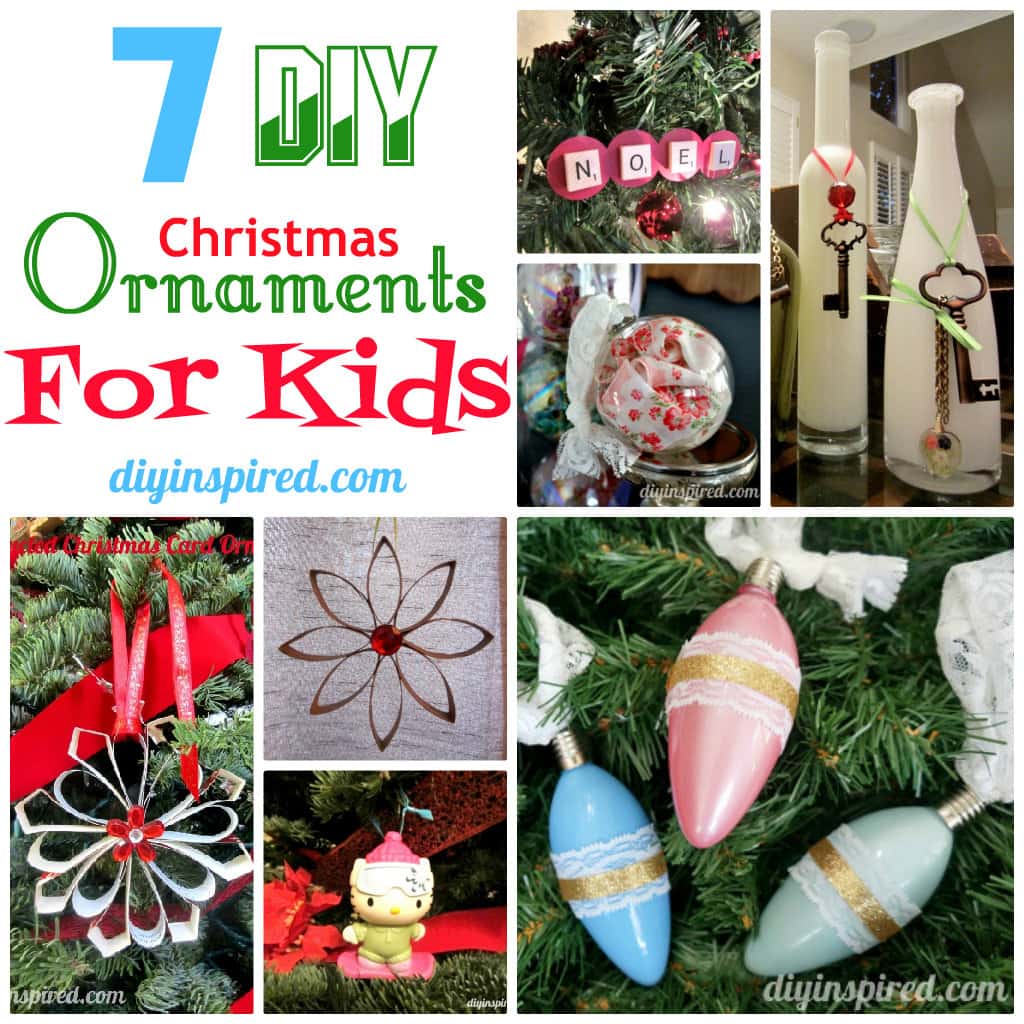
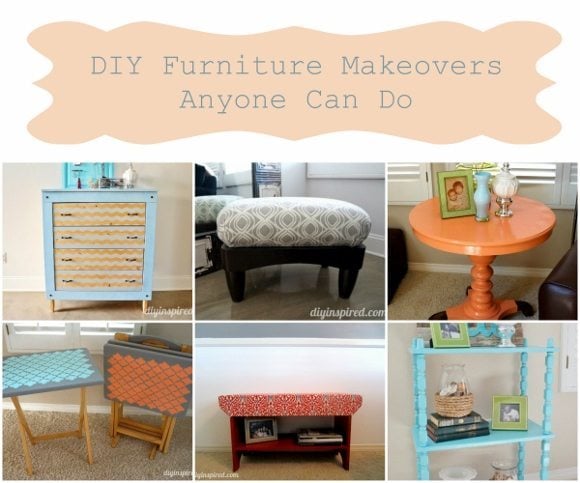
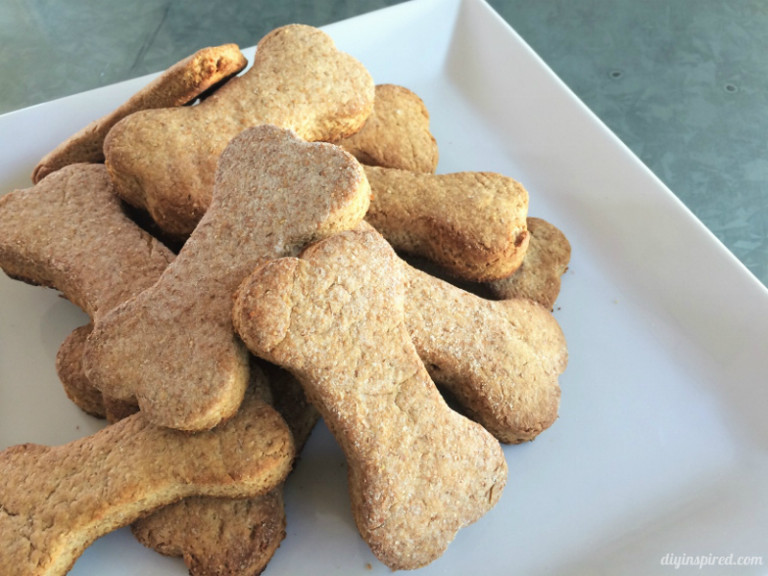
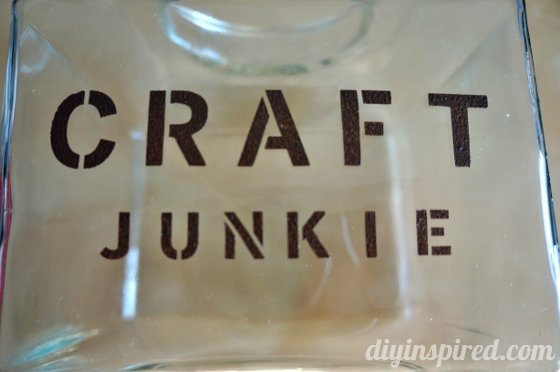
Congratulations DIY Inspired! Here’s to a million more posts.
>clink<
[The above toast was performed with champagned glasses repuposed from found Tic-Tac containers and worn tires.]
Thank you so much for your support, Kuya! I appreciate so much that you comment and “like” my posts. I love you so much! I mean…labu!
So after misspelling a bunch of stuff in my previous comment, I thought I’d make up for it by supplying a link to the CRAFT magazine site. This is a method of fusing plastic bags together to make a rather durable fabric. It’s pretty cool, as their sample utilizes a Target bag (another one of my favorite stores).
http://blog.craftzine.com/archive/2010/03/fused_plastic_shopping_bags_to.html
I can’t believe I’ve never been on that site! Adding it to my favorites! I heart you…
I love all the great things you found on Etsy. Thank you again for including me.
Holly, it was my pleasure! Your necklaces and rings are beautiful! 🙂
BTW, Jolene can I have one of those lunch totes for chirstmas this year??? Tee hee…
These are so neat! I love the hat and matching purse.
Such great artists! Thank you for commenting!
I’m going to try to make that tote bag!
Hi. We are running an oraingc fresh produce delivery in Panama, Latin America. We work with small farmers in the interior and deliver in the capital area.I follow your blog for ideas and inspiration for the work we do here.From the get go we implemented a system of returnable baskets made of a local woven material called bejuco .It is quite strong and durable, and so far after 10 deliveries it is still usable. It also offers added income to the local artisans we buy it from.We designed a rectangular shaped basket with a lid so we can stack them when making deliveries and storing.Not sure if you have a local sustainable material you can work with instead of plastic, but that might be an option to look into. Maybe wicker or willow?Just an idea
Hello, Neat post. Like your web site! 🙂